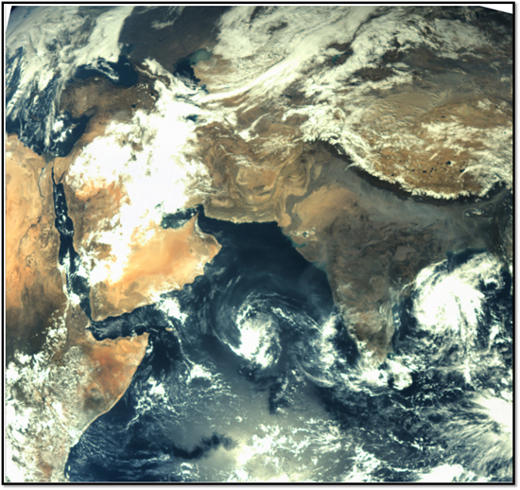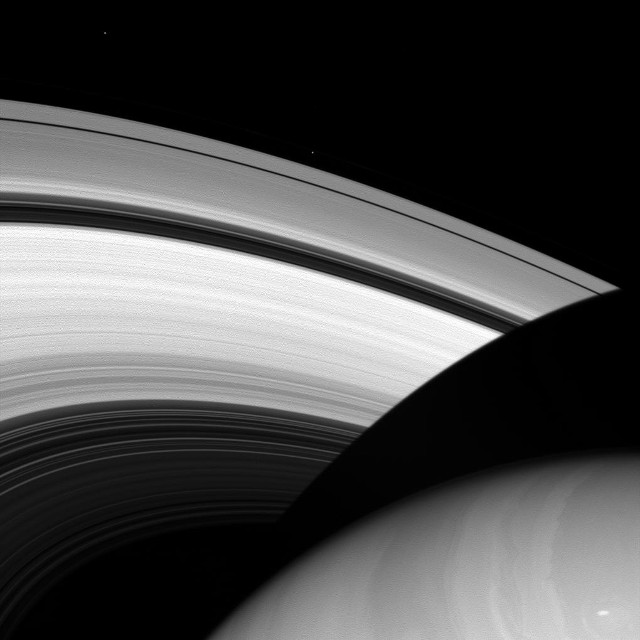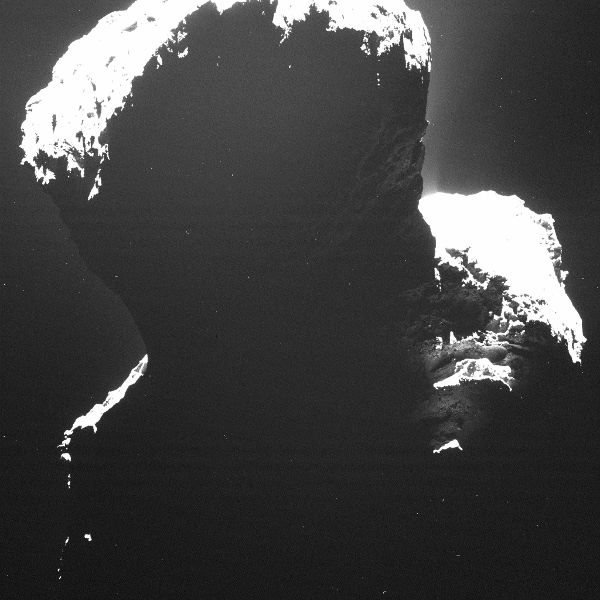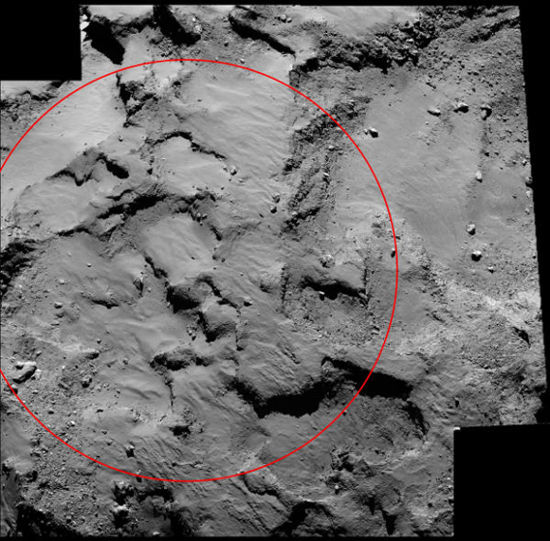
Space enthusiasts around the world were filled with excitement just over a month ago when the Indian Space Research Organization’s Mars Orbiter Mission successfully placed the space probe into Martian orbit. But in November 2013, while it was still in Earth’s orbit, it used its Mars Colour Camera, at a wide 3.53 kilometer resolution, to take this picture of Earth. The picture captured the Indian subcontinent along with the Middle-East, parts of China, Eurasia and Africa with interesting weather patterns visible over the Indian Ocean and Arabian Sea.


